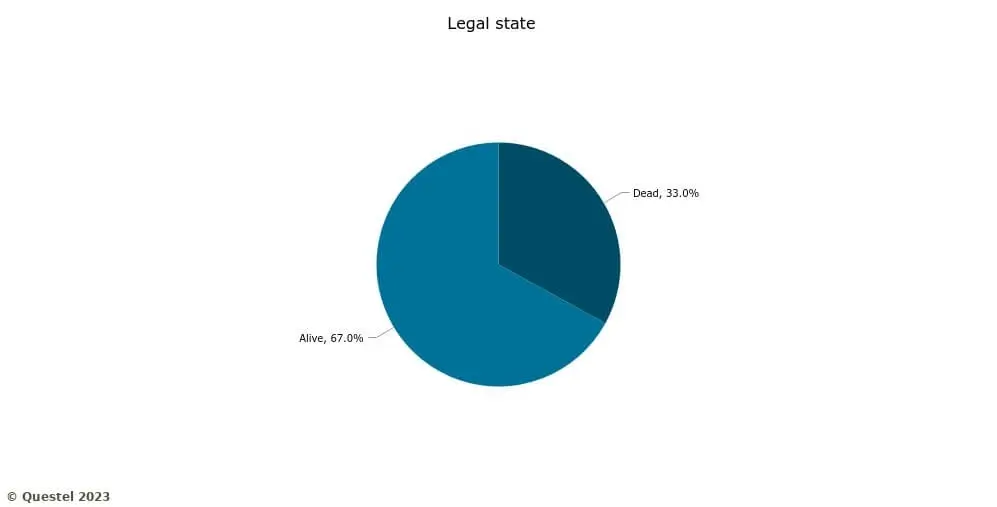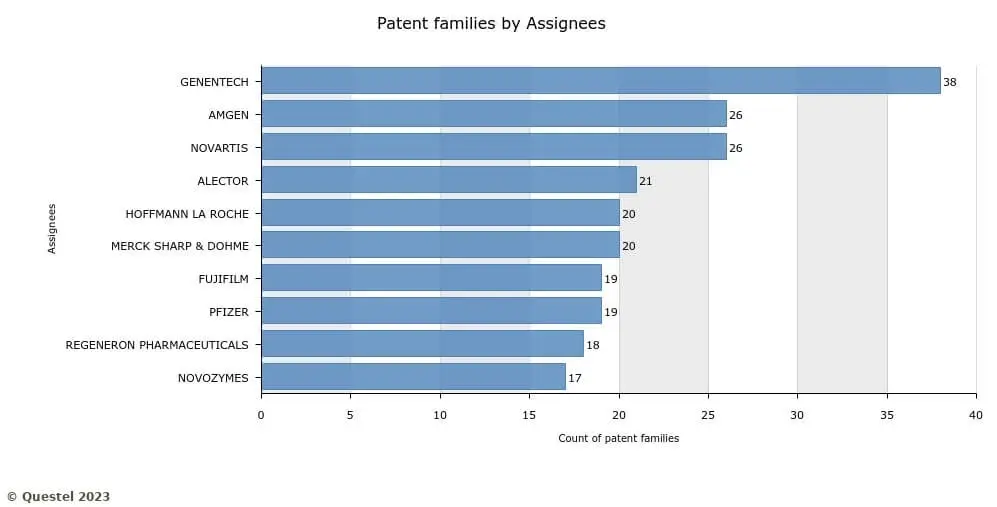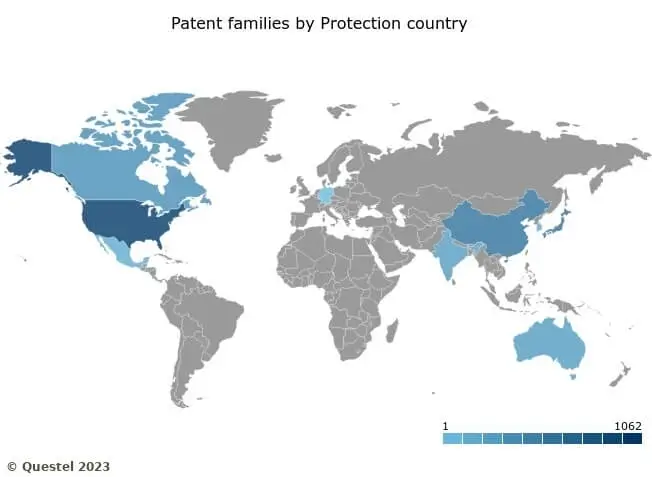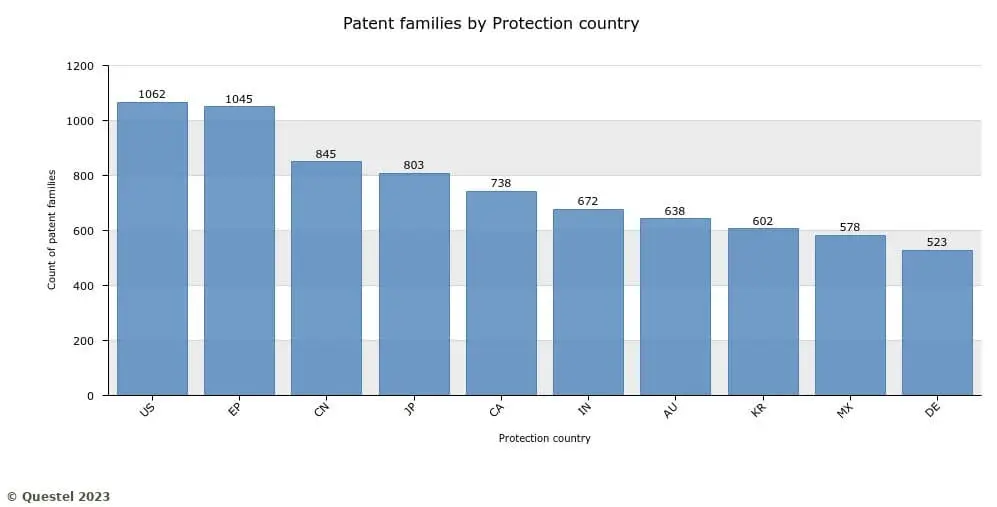Subscribe our newsletter
Please Subscribe our news letter and get update.

Around 70% of medical choices are influenced by the outcomes of laboratory tests.
Cell culture is a critical component of modern biomedical research, allowing scientists to study cellular processes and disease mechanisms in a controlled laboratory environment. However, traditional cell culture methods can be time-consuming, labor-intensive, and prone to human error, making it difficult to conduct large-scale experiments or screen large numbers of potential drug candidates.
Artificial Intelligence (AI) has revolutionized many industries in recent years, and microbiology is no exception. AI is a computer system that learns, reasons, and solves problems. AI is used to automate tasks that are currently performed by humans.
Robotic systems are increasingly being used to automate various cell culture tasks, such as:
These robotic systems are programmed to perform these tasks with high precision, reproducibility, and accuracy, reducing the potential for human error and variability in experimental results.
Robotic systems work continuously without the need for breaks, which speeds up the pace of experiments and increases the volume of data collected. By automating cell culture tasks, researchers can minimize variability and human error, leading to more consistent experimental results.
AI is another technology that is being used to:
AI algorithms analyze data from sensors and cameras to detect changes in cell behavior, such as changes in morphology or growth rate, and make adjustments to the culture conditions in real-time to optimize cell growth and health.
The benefits of using AI in cell culture include real-time adjustments to culture conditions and increased accuracy in cell behavior monitoring. AI algorithms analyze data much faster than humans, allowing for real-time adjustments to cell culture conditions and reducing the time required for manual data analysis.
Robotic systems and AI work together to optimize cell culture. Robotic systems automate cell culture tasks, while AI algorithms monitor cell behavior and make adjustments to the culture conditions in real-time.
The use of robotics and AI revolutionize in cell culture also presents some potential challenges, such as the upfront cost of implementing these technologies and training researchers to use them effectively. Additionally, some researchers may be hesitant to embrace these technologies due to concerns about losing control over experimental processes.
These challenges may be addressed by providing training opportunities for researchers to use these technologies effectively and demonstrating the benefits of using robotics and AI in cell culture experiments.
Now let’s look at the Patent Landscape of AI in Automated Cell Culture Systems:

Figure 1: This graph illustrates the legal status of the patents studied.
67% of the patent applications are alive, and 33% are dead.

Genentech has filed the most patents in the industry.
Figure 2: This chart shows the size of the applicants’ portfolios in the patent pool analyzed.


Figure 4
Figures 3 and 4: This representation illustrates the number of alive patents protected in the various national offices. This graph includes extension countries for EP documents.
The Automated Cell Culture Market is expected to reach USD 45.58 Billion by 2027, increasing from USD 24.91 Billion in 2019 at a CAGR of approximately 8.7% during the forecast period from 2020 to 2027.
Key Players: Genentech, Amgen, Novartis, Alector, Hoffmann-La Roche, Merck Sharp & Dohme
In conclusion, the use of robotics and AI revolutionize in cell culture has the potential to revolutionize biomedical research. Researchers should continue to explore the integration of these technologies into their workflows to accelerate scientific discovery.
Novelty Aspects
Technology Landscape
Whitespace Analysis
Market Analysis
Contact us today to learn more about how we can help you revolutionize your biomedical research.
Authored by – Guniyal Bagga
Please Subscribe our news letter and get update.
© Copyright 2024 – Wissen Research All Rights Reserved.